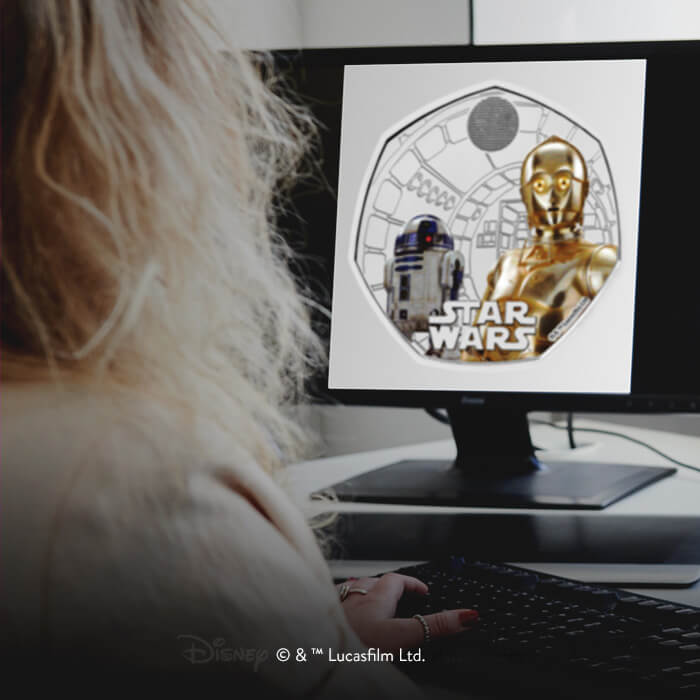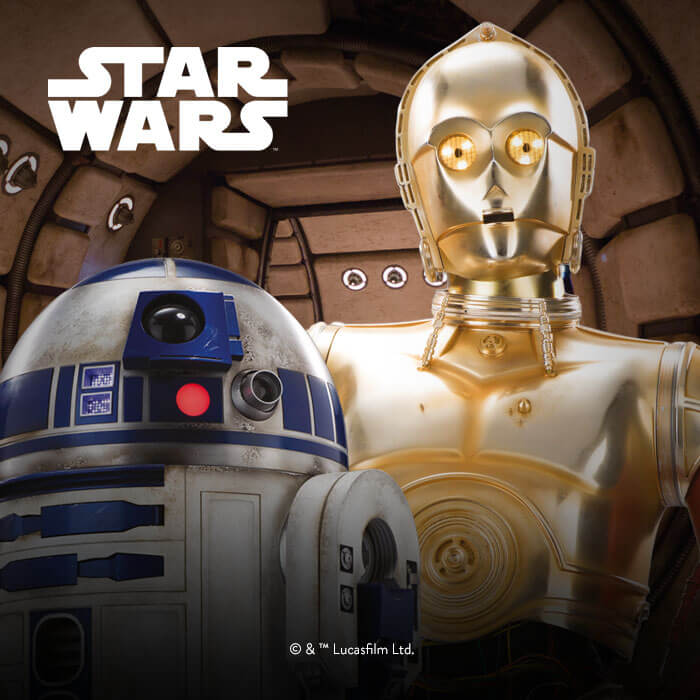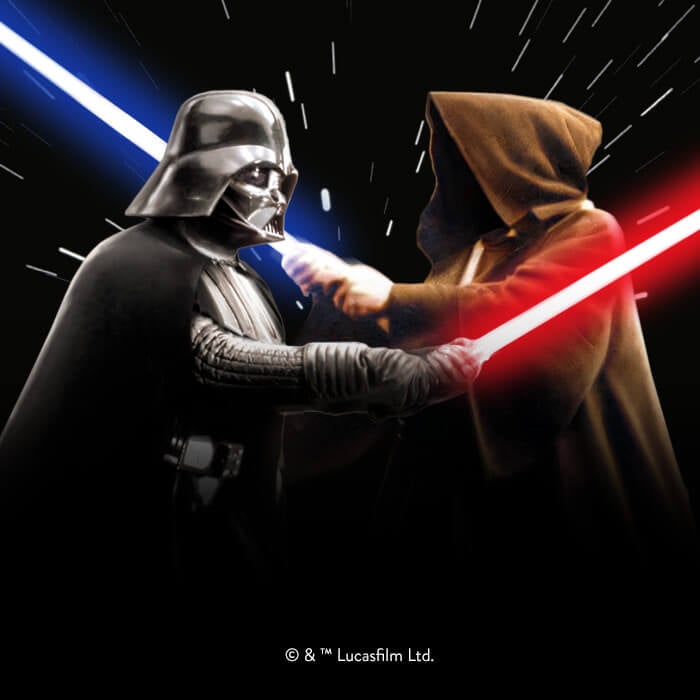A long time ago, in cinemas not too far away, a film made its debut on the silver screen that not only changed the landscape of the movie industry but also heavily influenced popular culture.
The year was 1977: the United Kingdom joyously celebrated Queen Elizabeth II’s Silver Jubilee, Concorde flew from London to New York on its historic first commercial flight, and Jimmy Carter took over from Gerald Ford as President of the United States. Meanwhile, the first Apple personal computer went on sale, Elvis Presley passed away at the age of 42, and footballing legend Pelé played his last professional match. For what was an eventful 12 months in global history, the world of cinema was arguably just as eventful.
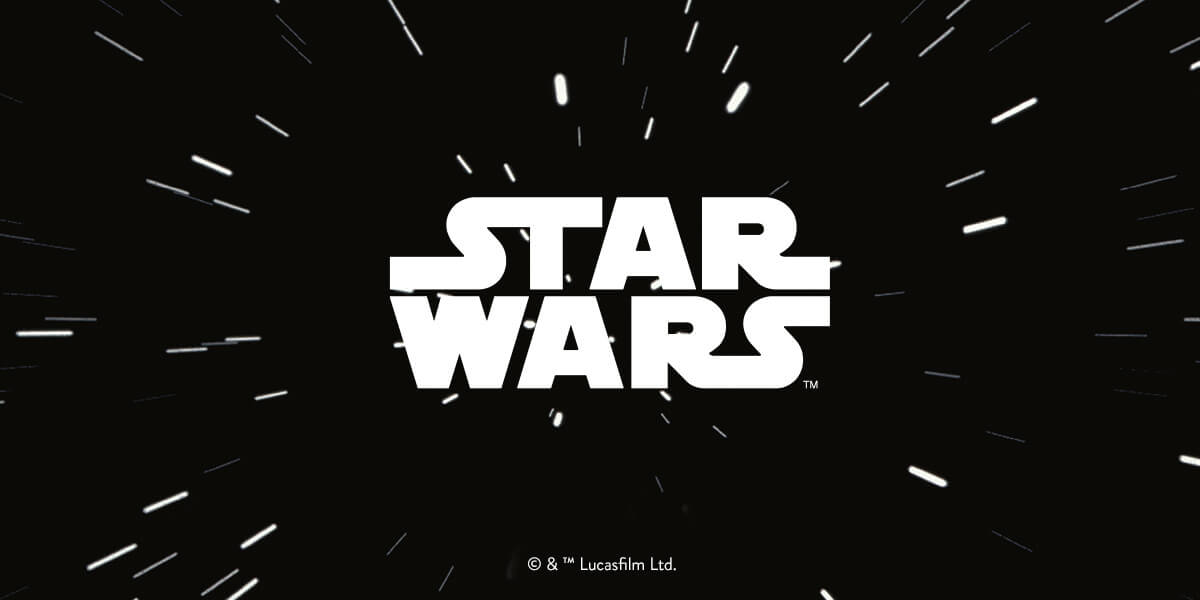
Initially given a limited theatrical run upon its original US release, Star Wars™ made its maiden voyage on the big screen on Wednesday, 25 May 1977, showing in just 32 movie theatres. Expanding its reach with additional screenings as time wore on, the film proved an instant hit with cinemagoers nationwide and by August, due to popular demand, the film was playing in more than 1,000 picture houses across the United States. After unprecedented success stateside, the box office blockbuster finally premiered in the UK on 27 December 1977, providing Brits with a late Christmas present they wouldn’t soon forget.
In the wake of the film’s release, it’s no stretch to say that Star Wars took the world by storm, much like the Galactic Empire itself, as a wave of space fever swept across the global landscape. Perhaps the most noticeable aspect of this newfound phenomenon was the incredible volume of merchandise that soon followed. As part of the cinematic release, Star Wars creator George Lucas had secured the licensing and merchandising rights to any products comprising his intellectual property - e.g. any characters or logos related to the movie. As such, Lucas was keen to monetise this aspect of his creation and subsequently released a cornucopia of branded products, featuring everything from action figures and children’s lunch boxes to toothbrushes and digital wristwatches. Never had a single film spawned such mass-market merchandising, and it completely revolutionised the revenue model for film studios in the process.
Meanwhile, from a Hollywood production perspective, the success of Star Wars also had a huge influence on the way writers wrote film scripts. The central narrative of Star Wars follows the so-called ‘Hero’s Journey’ concept that many of us will be familiar with today, if not by name, then certainly in premise. A term coined by writer Joseph Campbell, the structure details the tried and tested narrative that is commonly used in mythological stories involving the character arc of a central heroic protagonist. Whilst a wide variety of literature followed this template, it was rarely utilised on the big screen until Star Wars popularised it in 1977. Since then, countless movies and movie franchises have followed the formula, from those associated with The Lord of the Rings and Guardians of the Galaxy to the Harry Potter films and even The Matrix, making it a veritable blueprint for success ever since.
Speaking of movie franchises, it is worth noting the impact that Star Wars had on Hollywood’s stance on sequels, as well. Whilst movie serials had existed in the past, such as the Pink Panther and Carry On films, it can be argued that the overwhelming success of Star Wars, its subsequent sequels and the public hunger for those successive continuations also helped shape the moviemaking trends of Hollywood heading into the 1980s. Whilst by no means the first sequels in Hollywood history, the Star Wars trilogy proved once more that a sequel of a successful film is largely a safe bet at the box office, and that the cinemagoing fanbase of a hit movie will almost certainly return for a second or third helping of more of the same. As a result, numerous trilogies popped up throughout the 1980s and early 1990s, from those linked to action movies like Die Hard, Rambo and Lethal Weapon to adventure pictures like The Karate Kid, Indiana Jones and Back to the Future. Meanwhile, many believe the cinematic return of the Star Wars franchise with Star Wars: The Phantom Menace™ in 1999 propelled a dramatic increase in sequels and prequels, which have dominated the box office since the turn of the millennium.
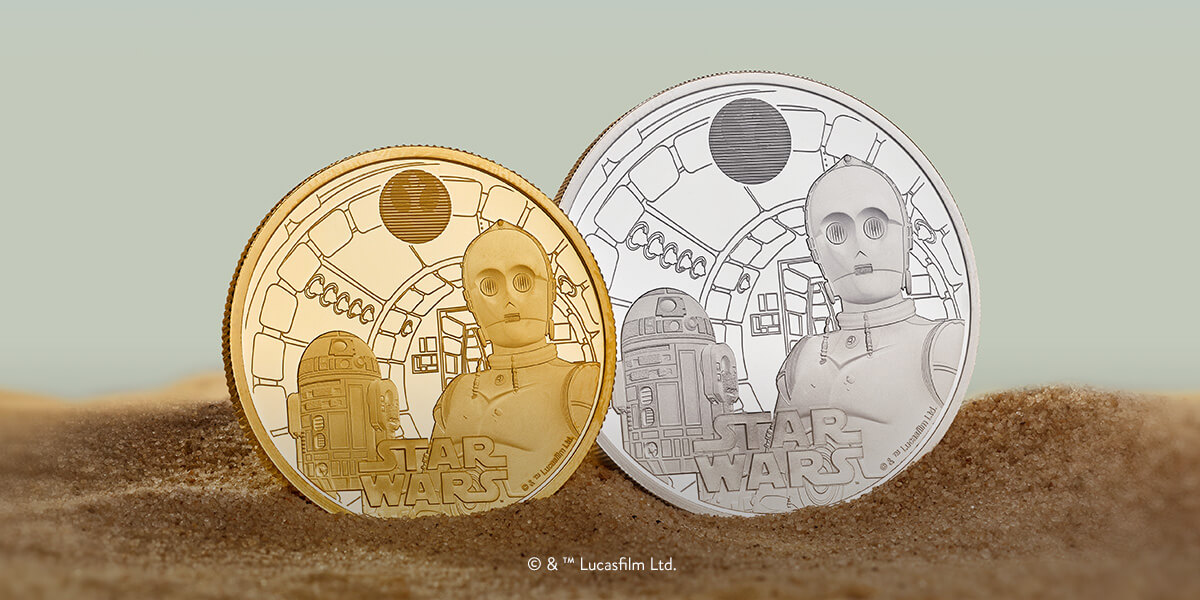
Additionally, and perhaps most importantly in terms of pop culture, is the visual impact the Star Wars movies had on the art of filmmaking and the Hollywood blockbusters we know today. Prior to the world getting its first glimpse of Darth Vader™ trading lightsaber strikes with Obi-Wan Kenobi™ or Luke™, Han Solo™ and the gang making the jump to hyperspace aboard the iconic Millennium Falcon, such visual effects were a rarity, with studios instead preferring to focus on dialogue, action and storytelling. Even in the realm of science fiction, believable special effects were rare, with the alternative often being sub-standard visuals that seemed dated before they had even reached the screen. Star Wars opened the audience’s eyes, allowing moviegoers to effortlessly suspend their disbelief and willingly be immersed in the story.
This boom in popularity regarding intergalactic adventures saw the resurrection in interest of sci-fi films as a whole. A genre that had been hugely popular in decades prior, with the success of characters such as Buck Rogers and Flash Gordon, the intergalactic adventures of space-age heroes and alien beings had largely fallen out of favour by the mid-1970s, outside of a few notable exceptions like Planet of the Apes, Westworld and Logan’s Run. That all changed with Star Wars and sci-fi was back on the theatrical menu with a vengeance post-1977. It is no coincidence that, following the success of Star Wars, Star Trek was greenlit for its first big-screen outing in 1979. Even the James Bond series took an unplanned detour from its scheduled order of theatrical releases, opting to change course from the planned sequel to The Spy Who Loved Me – originally intended to be For Your Eyes Only – to the space-based adventures of Moonraker instead.
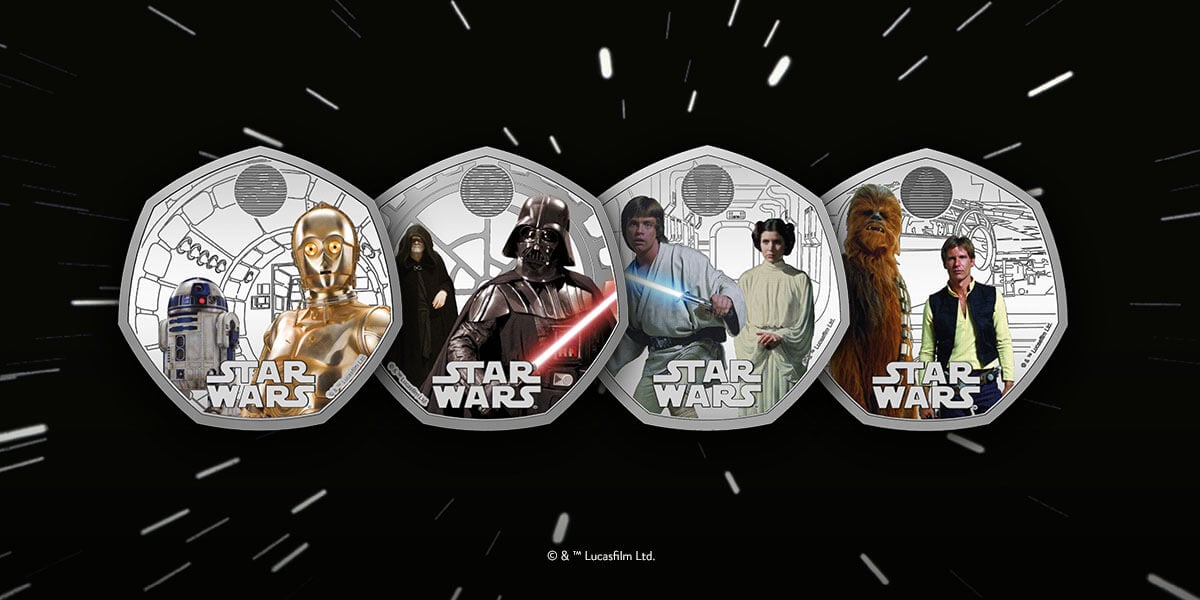
Naturally, the popularity of Star Wars only grew further with the release and subsequent critical acclaim of both of its original sequels, and the movies ultimately spawned two further trilogies in their own right, as a result. Today, Star Wars is as popular as it has ever been and the rise of streaming platforms like Disney+ has not only exposed the Star Wars franchise to new generations of fans but also triggered a thirst for even more Star Wars content. In fact, with the popularity of new live-action outings in the form of Disney+ original series, from The Mandalorian™ and The Book of Boba Fett™ to Obi-Wan Kenobi™ and Andor™, the Star Wars franchise is enjoying something of a renaissance following the conclusion of the epic, nine-film ‘Skywalker Saga’.
So much more than a simple series of connecting narratives, the Star Wars movies were a true global phenomenon in every conceivable sense, with a lasting impact on not only cinema as we know it today but also pop culture around the world. With such an incredible legacy that grows with each passing year, we are proud to celebrate the continued and timeless success of the franchise on official UK coins for the very first time.

